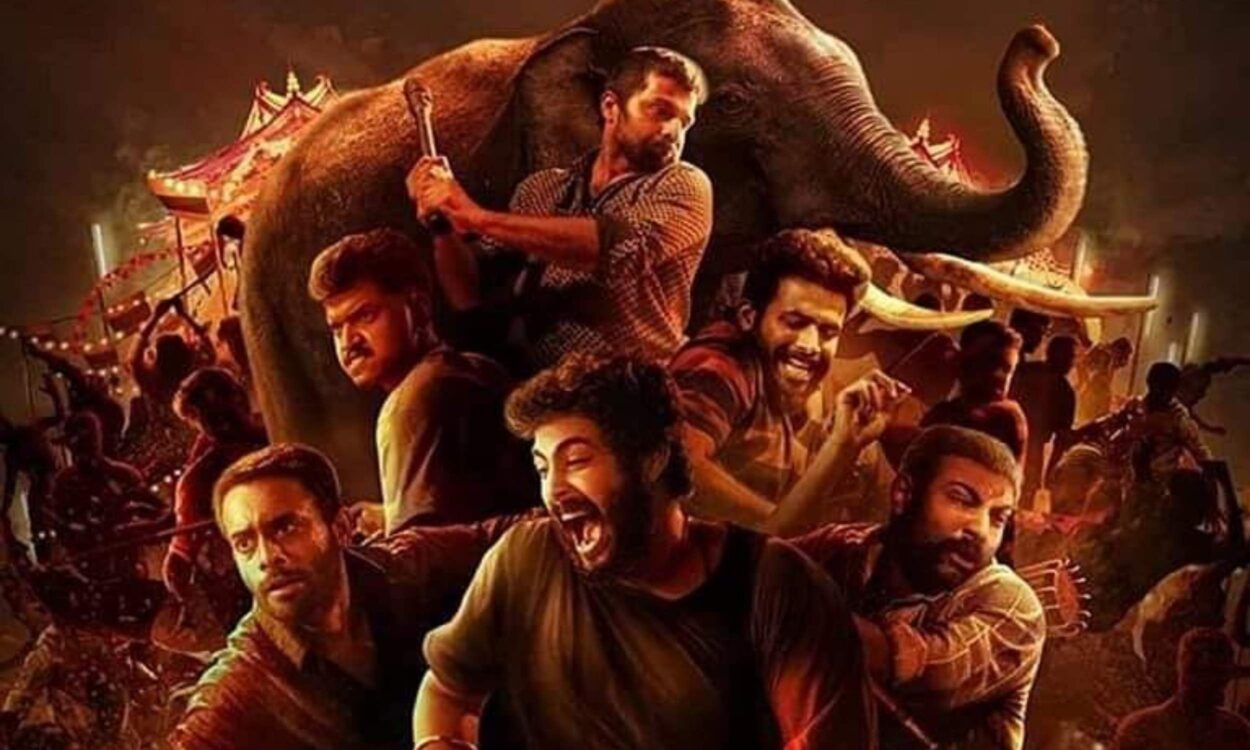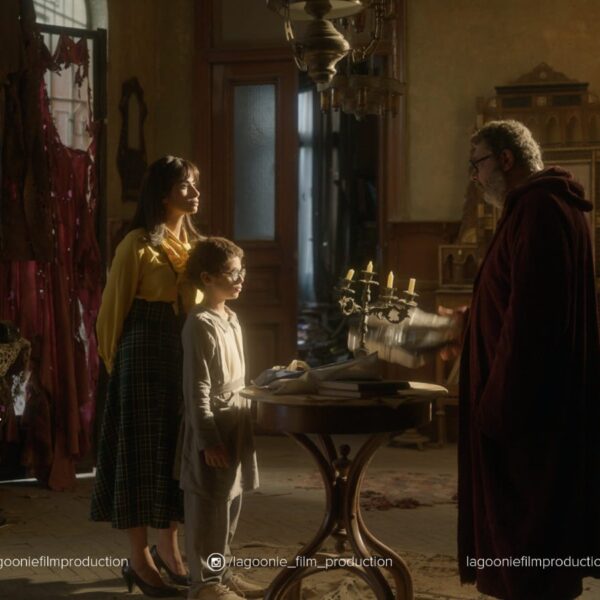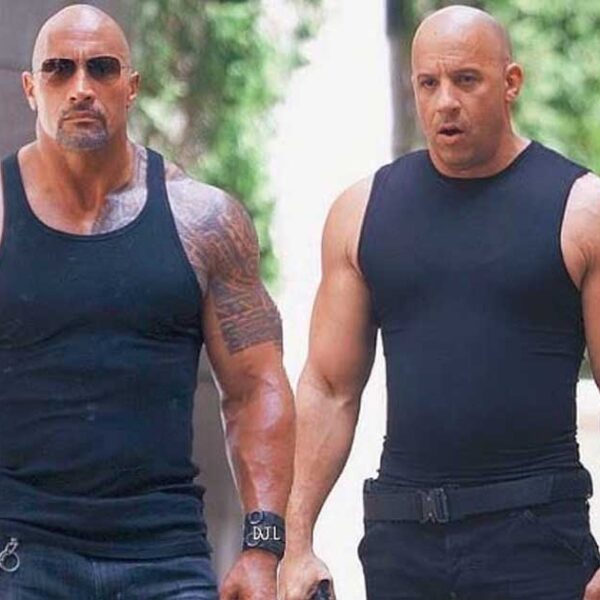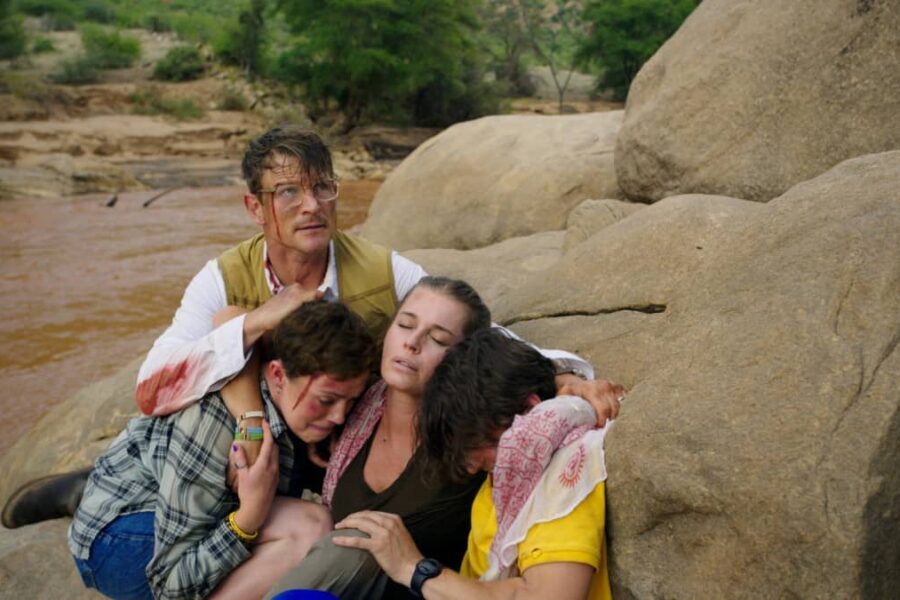The tasteful manner in which some of the action sequences are staged often makes us forget all our million grouses with Tinu Pappachan’s film
When men bursting to the brim with their egos decide to fight each other, they don’t need a reason. When these men are in a film, they don’t need a script, nor the presence of a woman on the screen. That must have been how the initial discussions of Tinu Pappachan’s Ajagajantharam panned out — for that is exactly what takes place during the movie’s two hour-runtime.
The whole narrative is set around the night of a pooram festival at a temple. The breathless pace of the movie is set right in these early sequences, when we switch between the fully-dressed up drama troupe who are arriving a little too late, the elephant and the team of mahouts who seem to be raring for a fight, the local goon and his gang of friends who are celebrating his birthday, and the happenings at a wedding party. One can sense the tension building up in each of these separate situations, and all of it heading to a collision course.
There really is no character one can root for here, for an average viewer is often left wondering why all of them are keen to have a fight. But then they all seem to be caught in a sort of video game where you can’t help but fight each other! Lali (Antony Varghese) seems to be the most troublesome of the lot, with his propensity to create a fight wherever he is present, be it a wedding or a temple festival. The other gang led by Kannan (Arjun Ashokan), all of whom are jobless and are viewed contemptuously by their own family members, are no less eager to hit back.
In his second film after his debut with Swathanthryam Ardharathriyil, Tinu Pappachan seems to proudly carry the influence of Lijo Jose Pellissery’s Jallikattu; just that it is an elephant here in place of a buffallo. The aim is clearly to create a sensory experience, which a temple festival provides ample scope for. Aided by Justin Varghese’s pulsating score and Jinto George’s cinematography, the movie does succeed in this specific endeavour, with the story or the script not creating any kind of hindrance… as both are non-existent.
No attempt is made to show us the minds of these characters or their backgrounds, which would perhaps give us a hint as to why they all behave the way they do. Some of the fights are started for no reason at all, other than for the sake of having a tiff, and be a reason for a colourful explosion of fast-paced action and sound on screen. However, the tasteful manner in which some of these sequences are staged often makes us forget all our million grouses with the film.
Yet, by the end, Ajagajantharam only leaves us with the question, “All of that, for what?” Meanwhile, by the time we reach the climax, the scriptwriter (yes, there is one) even forgets the only woman character that was created — seemingly for the sake of it.







Leave a Comment